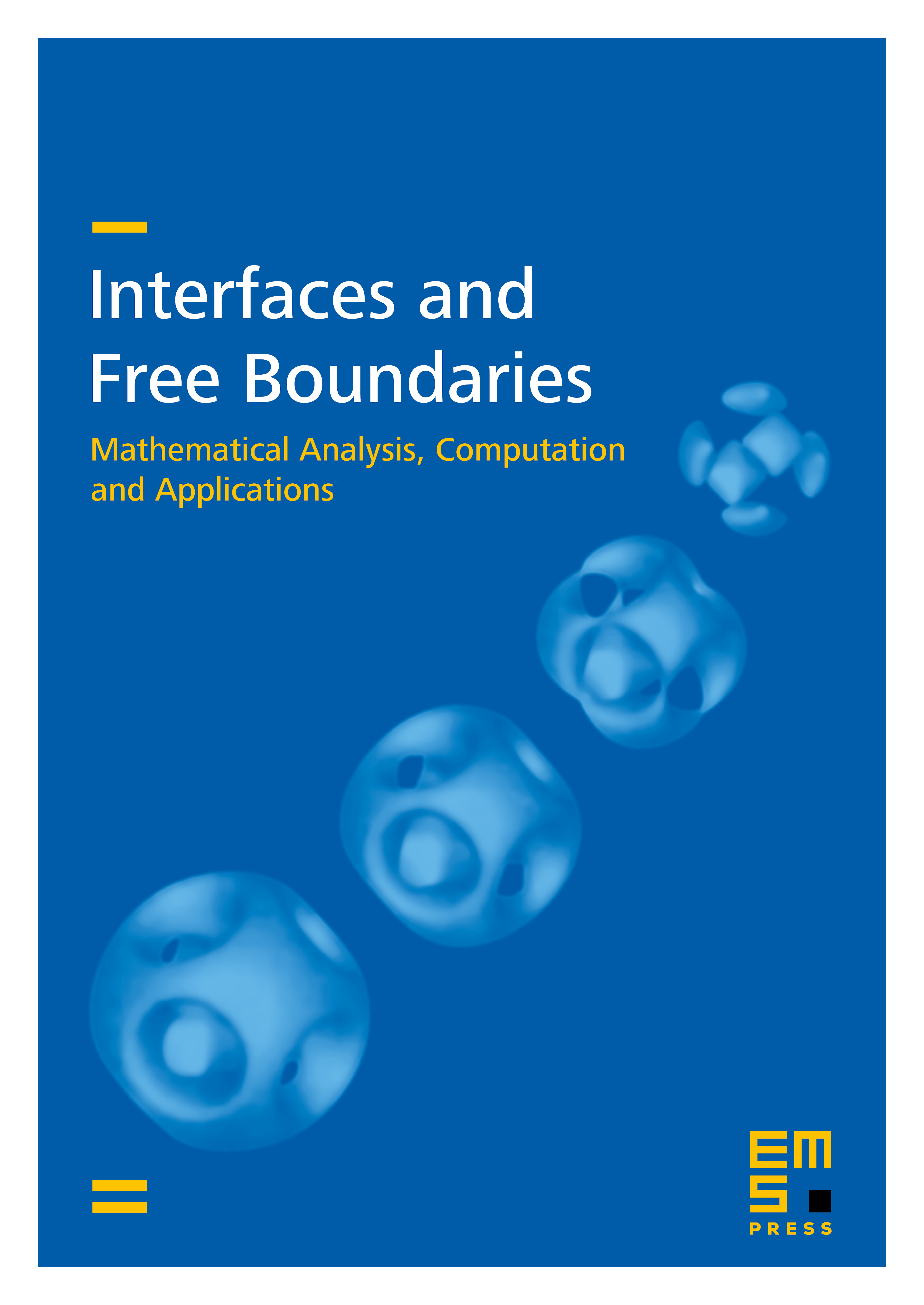Phenomenological modelling of polymer crystallization using the notion of multiple natural configurations
I. J. Rao
Texas A&M University, College Station, USAK. R. Rajagopal
Texas A&M University, College Station, USA

Abstract
Crystallization and solidification in polymers is a problem of great importance to the polymer processing industry. In these processes, the melt is subjected to deformation while being cooled into the desired shape. The properties of the final product are strongly influenced by the deformation and thermal histories and the final solid is invariably anisotropic. In this work we present a model to capture the effects during solidification and crystallization in polymers within a purely mechanical setting, using the framework of multiple natural configurations that was introduced recently to study a variety of non-linear dissipative responses of materials undergoing phase transitions. Using this framework we present a consistent method to model the transition from a fluid-like behaviour to a solid-like behaviour. We also present a novel way of incorporating the formation of an anisotropic crystalline phase in the melt. The anisotropy of the crystalline phase, and consequently that of the final solid, depends on the deformation in the melt at the instant of crystallization, a fact that has been known for a long time and has been exploited in polymer processing. The proposed model is tested by solving three homogenous deformations.
Cite this article
I. J. Rao, K. R. Rajagopal, Phenomenological modelling of polymer crystallization using the notion of multiple natural configurations. Interfaces Free Bound. 2 (2000), no. 1, pp. 73–94
DOI 10.4171/IFB/13